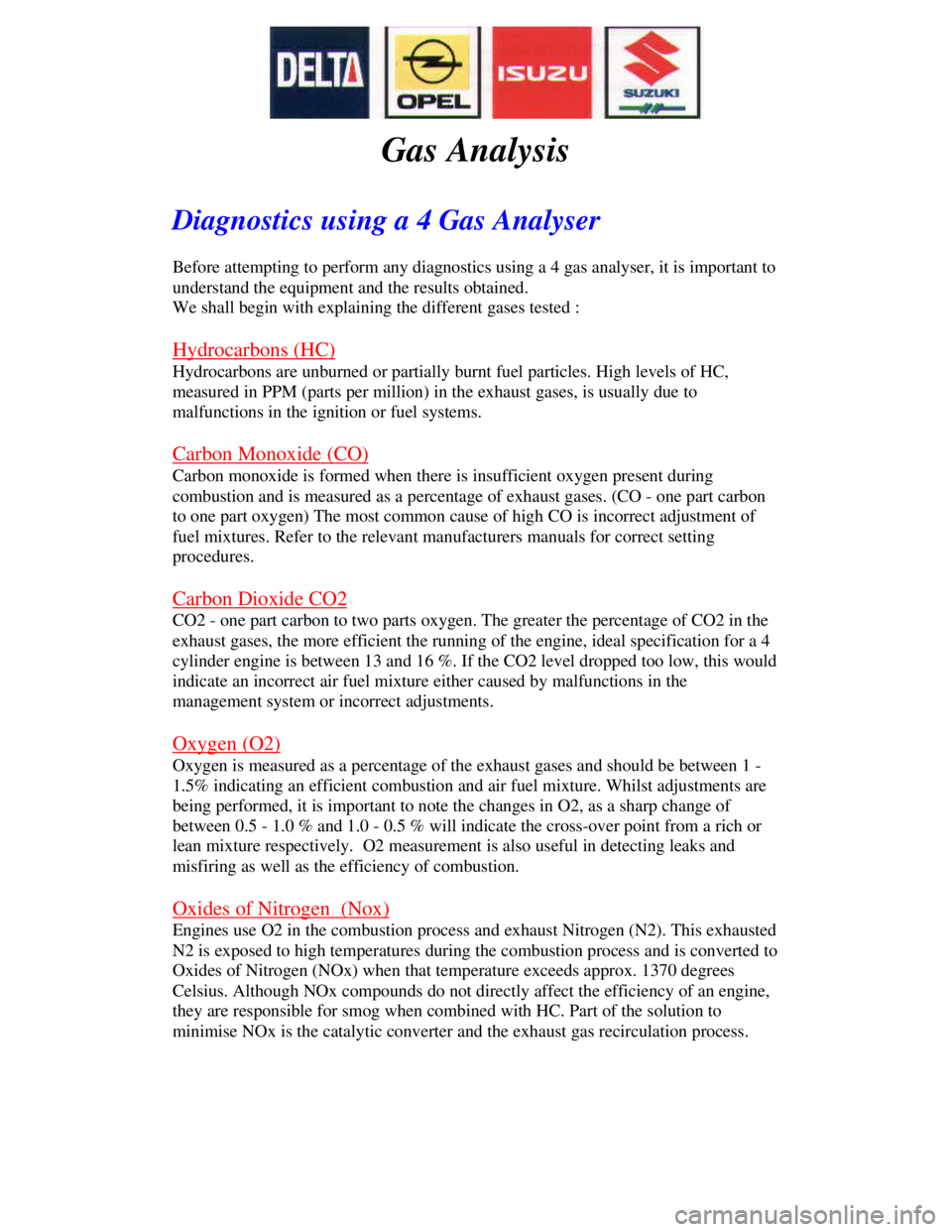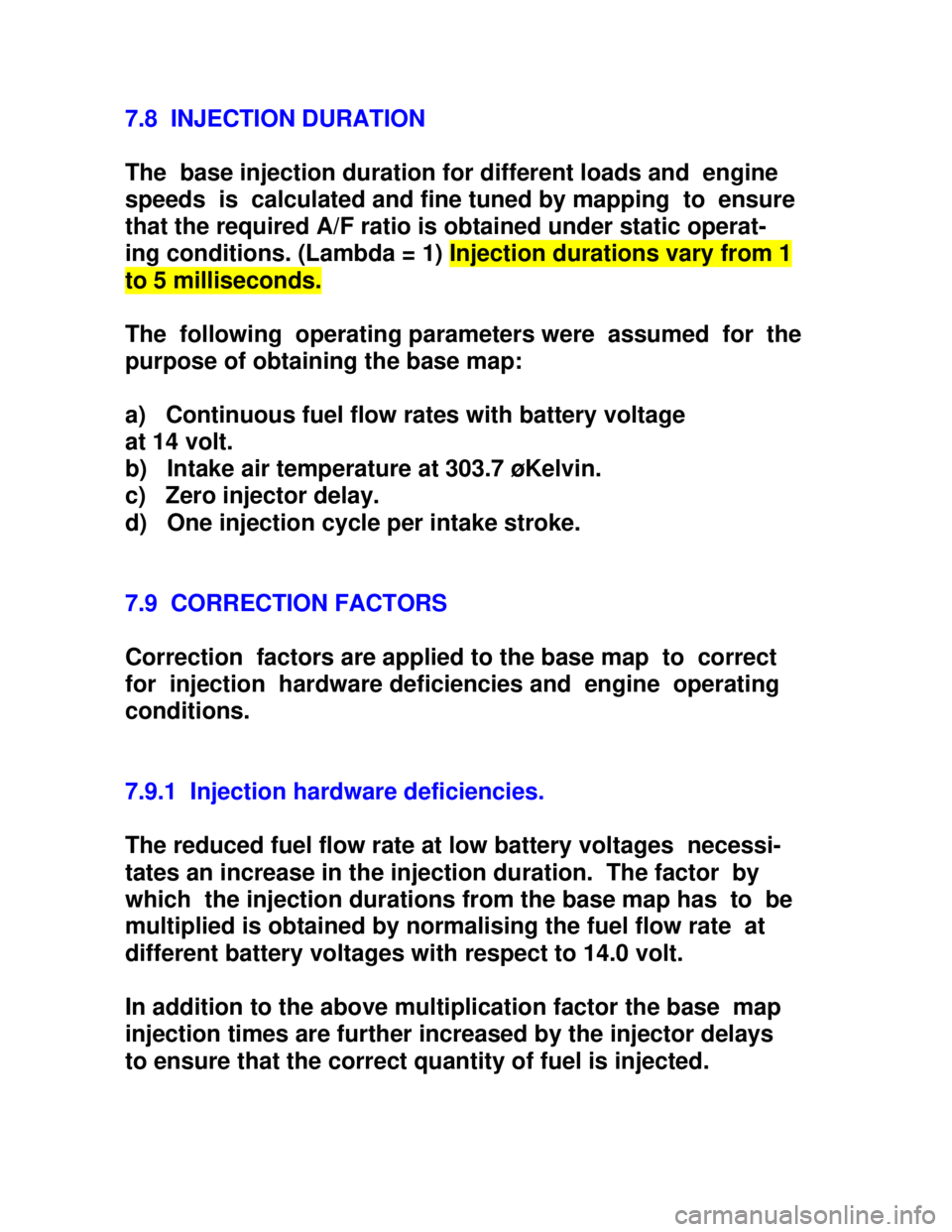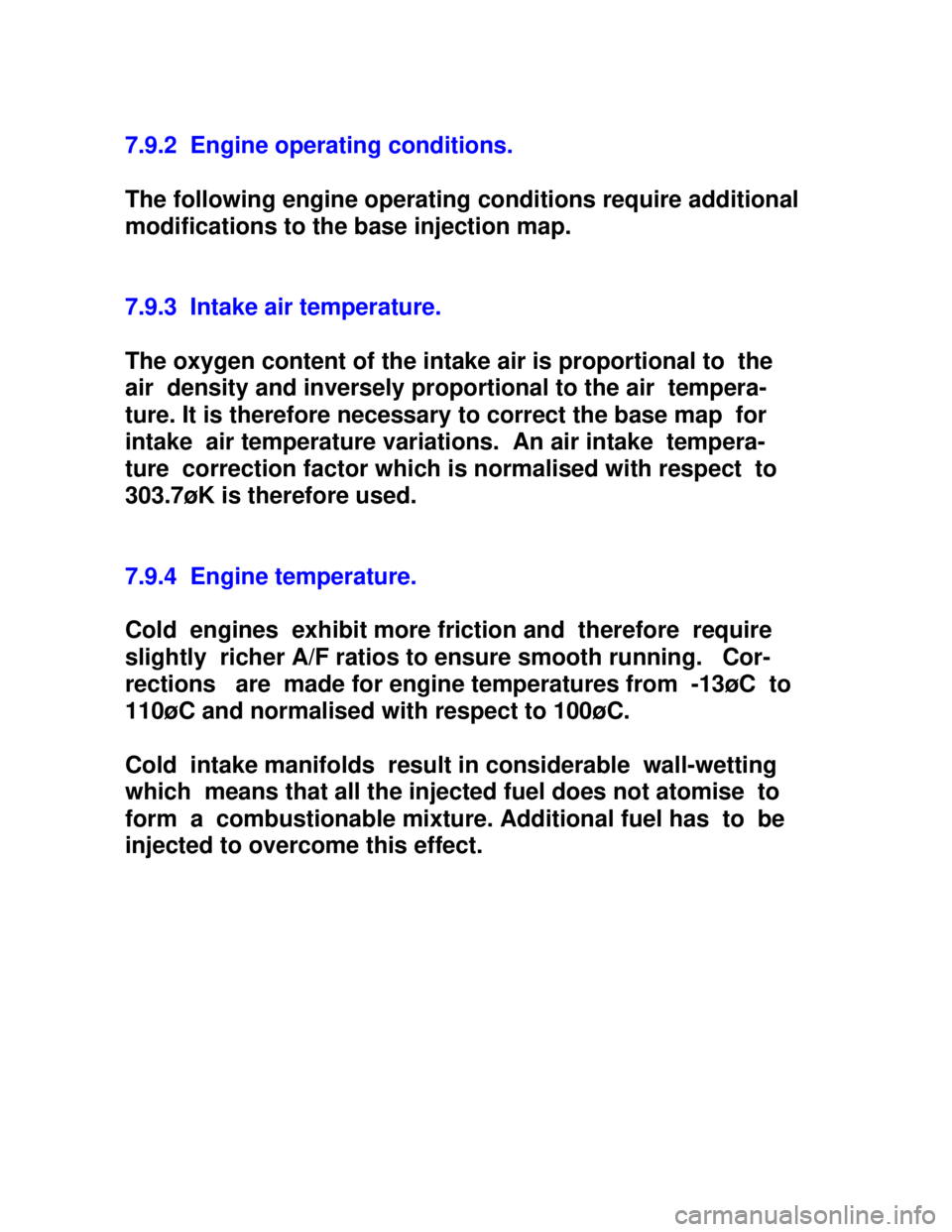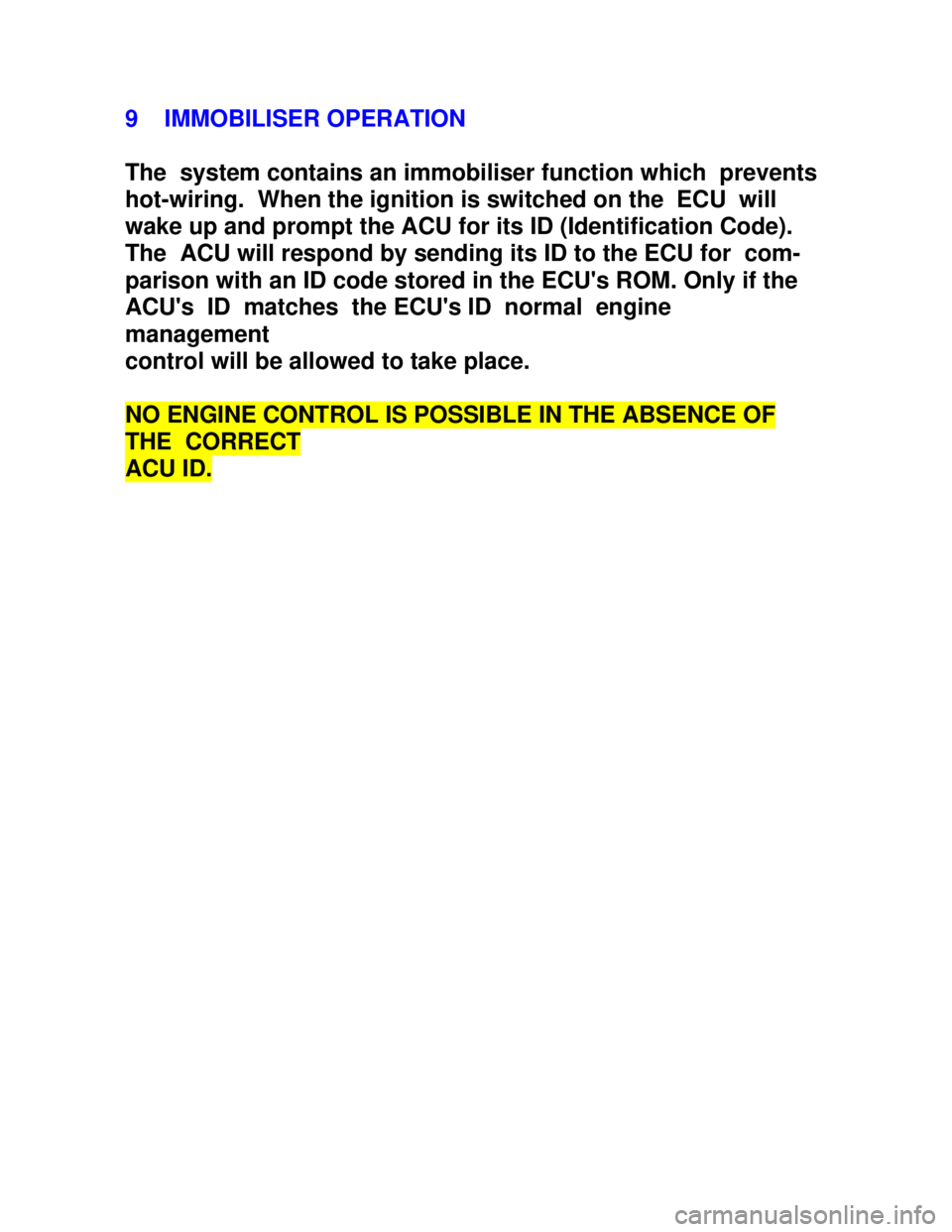1991 OPEL KADETT ESP
[x] Cancel search: ESPPage 1026 of 1070

Downloaded from www.Manualslib.com manuals search engine Gas Analysis
Diagnostics using a 4 Gas Analyser
Before attempting to perform any diagnostics using a 4 gas analyser, it is important to
understand the equipment and the results obtained.
We shall begin with explaining the different gases tested :
Hydrocarbons (HC)Hydrocarbons are unburned or partially burnt fuel particles. High levels of HC,
measured in PPM (parts per million) in the exhaust gases, is usually due to
malfunctions in the ignition or fuel systems.
Carbon Monoxide (CO)Carbon monoxide is formed when there is insufficient oxygen present during
combustion and is measured as a percentage of exhaust gases. (CO - one part carbon
to one part oxygen) The most common cause of high CO is incorrect adjustment of
fuel mixtures. Refer to the relevant manufacturers manuals for correct setting
procedures.
Carbon Dioxide CO2CO2 - one part carbon to two parts oxygen. The greater the percentage of CO2 in the
exhaust gases, the more efficient the running of the engine, ideal specification for a 4
cylinder engine is between 13 and 16 %. If the CO2 level dropped too low, this would
indicate an incorrect air fuel mixture either caused by malfunctions in the
management system or incorrect adjustments.
Oxygen (O2)Oxygen is measured as a percentage of the exhaust gases and should be between 1 -
1.5% indicating an efficient combustion and air fuel mixture. Whilst adjustments are
being performed, it is important to note the changes in O2, as a sharp change of
between 0.5 - 1.0 % and 1.0 - 0.5 % will indicate the cross-over point from a rich or
lean mixture respectively. O2 measurement is also useful in detecting leaks and
misfiring as well as the efficiency of combustion.
Oxides of Nitrogen (Nox)Engines use O2 in the combustion process and exhaust Nitrogen (N2). This exhausted
N2 is exposed to high temperatures during the combustion process and is converted to
Oxides of Nitrogen (NOx) when that temperature exceeds approx. 1370 degrees
Celsius. Although NOx compounds do not directly affect the efficiency of an engine,
they are responsible for smog when combined with HC. Part of the solution to
minimise NOx is the catalytic converter and the exhaust gas recirculation process.
Page 1046 of 1070

Downloaded from www.Manualslib.com manuals search engine 6.3 Engine load measurement
Engine load is measured by an external MAP ( Manifold Abso-
lute Pressure) sensor. Absolute pressure measurement auto-
matically adjust spark timing for altitude changes. It is also
required to determine the air mass for fuel injection
applications.
6.4 Advance angle look-up
The optimum advance angle obtained by mapping the engine
is stored in a matrix (table) having 10 load and 62 r.p.m.
sites. There are thus 620 possible advance angles stored in
ROM for every RON number used. The CPU (Central
Processing Unit) compares the calculated engine speed and
measured load with the site indexes stored in ROM. If an exact
correspond-ing speed and load site are found it uses the
corresponding advance angle in the matrix. In cases where
exact corre- sponding load and r.p.m. sites are not found the
CPU uses linear interpolation to calculate the corresponding
advance angle to be used.
Page 1047 of 1070

Downloaded from www.Manualslib.com manuals search engine 6.5 Ignition firing delay calculation
The advance angle obtained from the look-up matrix is sub-
tracted from the 10ø BTDC marker on the distributor shaft to
obtain the firing angle delay.
Example: Advance angle = -20ø on next cycle
Marker position = -10ø
Firing angle delay = 180ø-(-10ø)-20ø
= 170ødelay
Having determined the engine speed previously in degrees per
second it is now possible to calculate the delay time after
the BTDC marker that corresponds with the required advance
angle.
Example: Crankshaft speed = 5,400 r.p.m.
Distributor speed = 2,700 r.p.m.
= 2,700 / 60 r.p.s.
= 45 r.p.s.
= 45x360 ø/s
Crankshaft speed = 2x45x360 ø/s
= 30,400 ø/s
170ø rotation delay = 170 / 30,400 s
= 5.59 milli-second delay
Page 1048 of 1070

Downloaded from www.Manualslib.com manuals search engine 6.6 Dwell time calculation
Dwell time is the time during which the battery voltage must
be applied to the ignition coil's primary winding prior to
an ignition pulse. The correct dwell time is important to
ensure constant spark energy.
The correct dwell time depends on the battery voltage. A
look-up matrix contains dwell time versus battery voltage.
The prevailing battery voltage is measured and compared with
the voltages stored in the dwell look-up matrix. The corre-
sponding dwell time is used to energise the ignition coil.
6.7 Engine water temperature measurement
EWT measurement is accomplished by a NTC (Negative
Temperature Coefficient) sensor mounted on the engine block.
The base advance angles are increased with decreasing
engine temperatures. This is necessary because it takes
longer to reach maximum cylinder pressure after ignition
when an engine is cold. Typical additional advance required
for an engine at -20ø Celsius ranges from 3ø to 8ø with
respect to an engine operating at 100ø Celsius.
Page 1056 of 1070

Downloaded from www.Manualslib.com manuals search engine 7.8 INJECTION DURATION
The base injection duration for different loads and engine
speeds is calculated and fine tuned by mapping to ensure
that the required A/F ratio is obtained under static operat-
ing conditions. (Lambda = 1) Injection durations vary from 1to 5 milliseconds.
The following operating parameters were assumed for the
purpose of obtaining the base map:
a) Continuous fuel flow rates with battery voltage
at 14 volt.
b) Intake air temperature at 303.7 øKelvin.
c) Zero injector delay.
d) One injection cycle per intake stroke.
7.9 CORRECTION FACTORS
Correction factors are applied to the base map to correct
for injection hardware deficiencies and engine operating
conditions.
7.9.1 Injection hardware deficiencies.
The reduced fuel flow rate at low battery voltages necessi-
tates an increase in the injection duration. The factor by
which the injection durations from the base map has to be
multiplied is obtained by normalising the fuel flow rate at
different battery voltages with respect to 14.0 volt.
In addition to the above multiplication factor the base map
injection times are further increased by the injector delays
to ensure that the correct quantity of fuel is injected.
Page 1057 of 1070

Downloaded from www.Manualslib.com manuals search engine 7.9.2 Engine operating conditions.
The following engine operating conditions require additional
modifications to the base injection map.
7.9.3 Intake air temperature.
The oxygen content of the intake air is proportional to the
air density and inversely proportional to the air tempera-
ture. It is therefore necessary to correct the base map for
intake air temperature variations. An air intake tempera-
ture correction factor which is normalised with respect to
303.7øK is therefore used.
7.9.4 Engine temperature.
Cold engines exhibit more friction and therefore require
slightly richer A/F ratios to ensure smooth running. Cor-
rections are made for engine temperatures from -13øC to
110øC and normalised with respect to 100øC.
Cold intake manifolds result in considerable wall-wetting
which means that all the injected fuel does not atomise to
form a combustionable mixture. Additional fuel has to be
injected to overcome this effect.
Page 1062 of 1070

Downloaded from www.Manualslib.com manuals search engine 9 IMMOBILISER OPERATION
The system contains an immobiliser function which prevents
hot-wiring. When the ignition is switched on the ECU will
wake up and prompt the ACU for its ID (Identification Code).
The ACU will respond by sending its ID to the ECU for com-
parison with an ID code stored in the ECU's ROM. Only if the
ACU's ID matches the ECU's ID normal engine
management
control will be allowed to take place.NO ENGINE CONTROL IS POSSIBLE IN THE ABSENCE OFTHE CORRECTACU ID.